Exploring CB1 and CB2: The Pioneers of Cannabinoid Science
December 22, 2023
 725
725 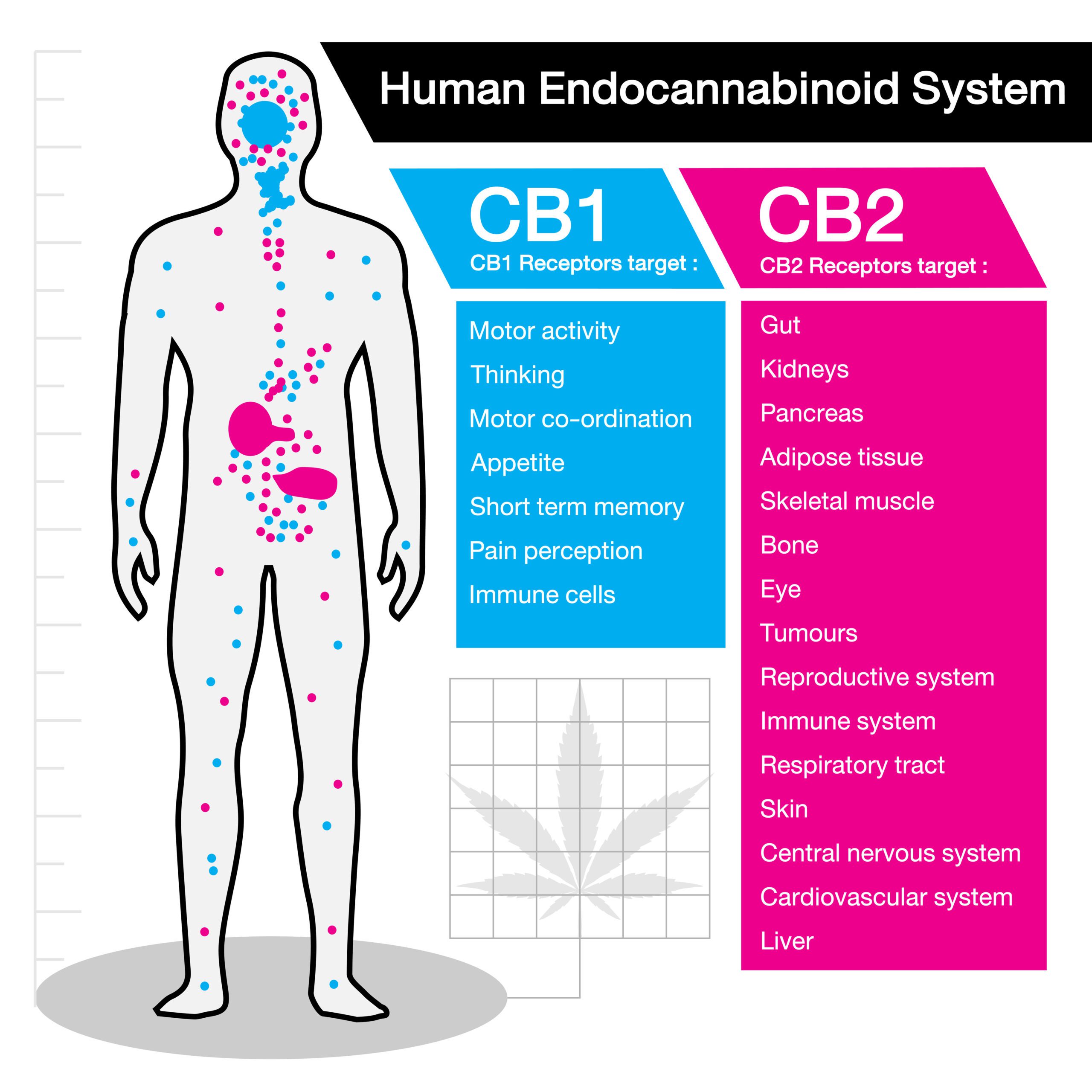
In the intricate world of human physiology, the endocannabinoid system (ECS) plays a crucial yet often underappreciated role.
Central to this system are the cannabinoid receptors, CB1 and CB2, which are integral to how our bodies maintain balance and react to various stimuli.
These receptors are not just biological curiosities; they are gatekeepers to a myriad of physiological processes that have significant implications for our health and well-being.
The understanding of these receptors opens up a fascinating world where biology meets therapy. C
B1 and CB2 receptors are involved in everything from pain sensation and mood regulation to immune responses.
This makes them critical targets in the quest to develop new medical treatments for a range of conditions.
By delving into the ECS and these receptors, we’re not just exploring a small corner of human biology; we’re uncovering potential pathways to better health and innovative therapies for complex medical conditions.
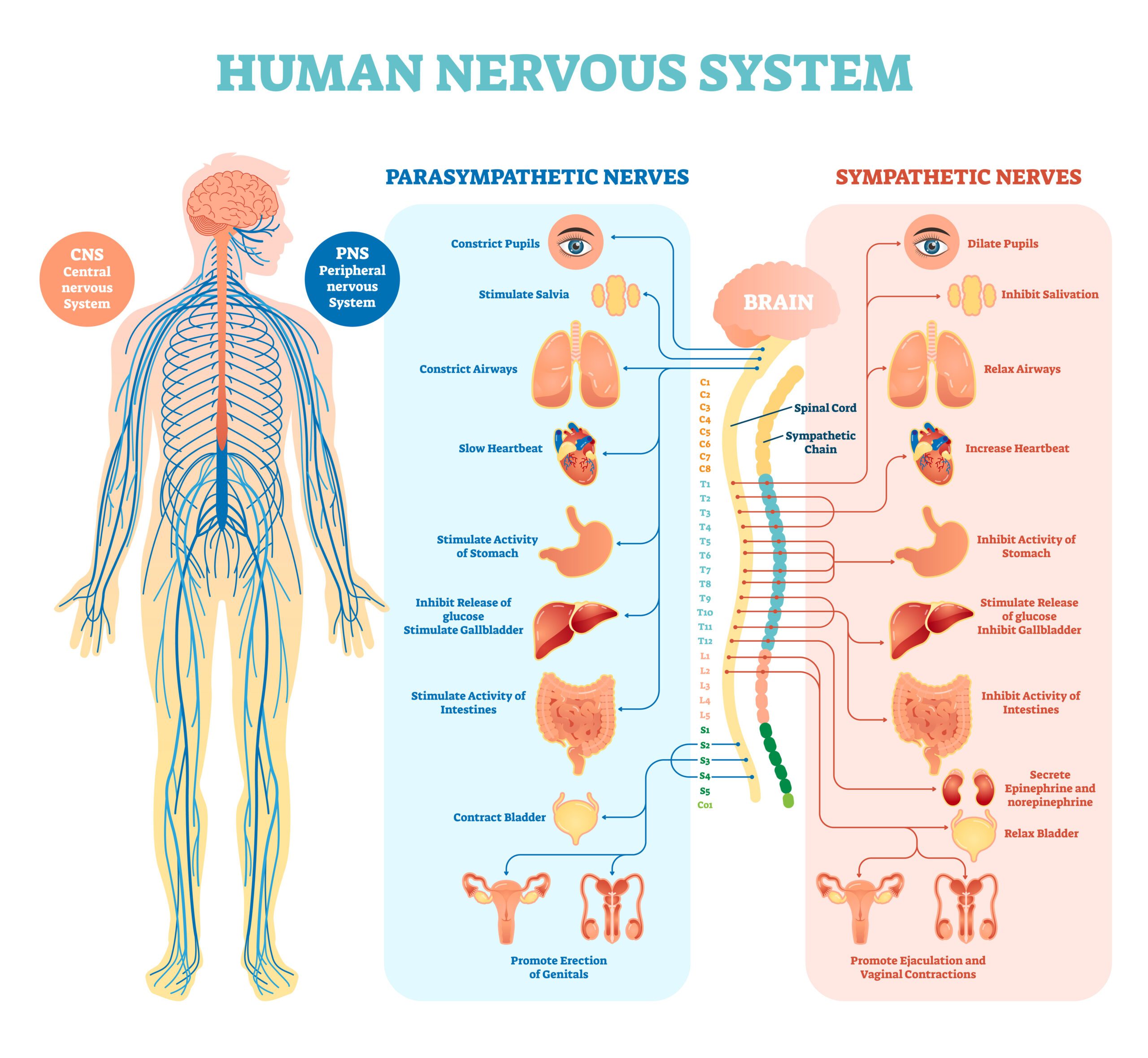
CB1 receptors are predominantly found in the brain and central nervous system, serving as critical mediators in our neurological functions.
They are like conductors in an orchestra, ensuring that various aspects of our brain and nervous system work in harmony.
These receptors play a pivotal role in regulating neurotransmitter release, which in turn affects everything from how we feel pain to our mood swings and appetite.
The activation of CB1 receptors, for instance, can lead to a reduction in pain sensation, making them a key target in pain management strategies.
They are also involved in regulating our mood and can be influential in treating mood disorders such as anxiety and depression.
Additionally, CB1 receptors are integral in appetite regulation, a function that has therapeutic implications in conditions like eating disorders and cachexia (wasting syndrome) often seen in chronic illnesses.
The nuanced role of CB1 receptors in the brain and nervous system highlights their potential as targets for treating various neurological conditions.
From chronic pain to mental health challenges, understanding and manipulating these receptors could be the key to unlocking new, effective treatments that could significantly improve the quality of life for many individuals.
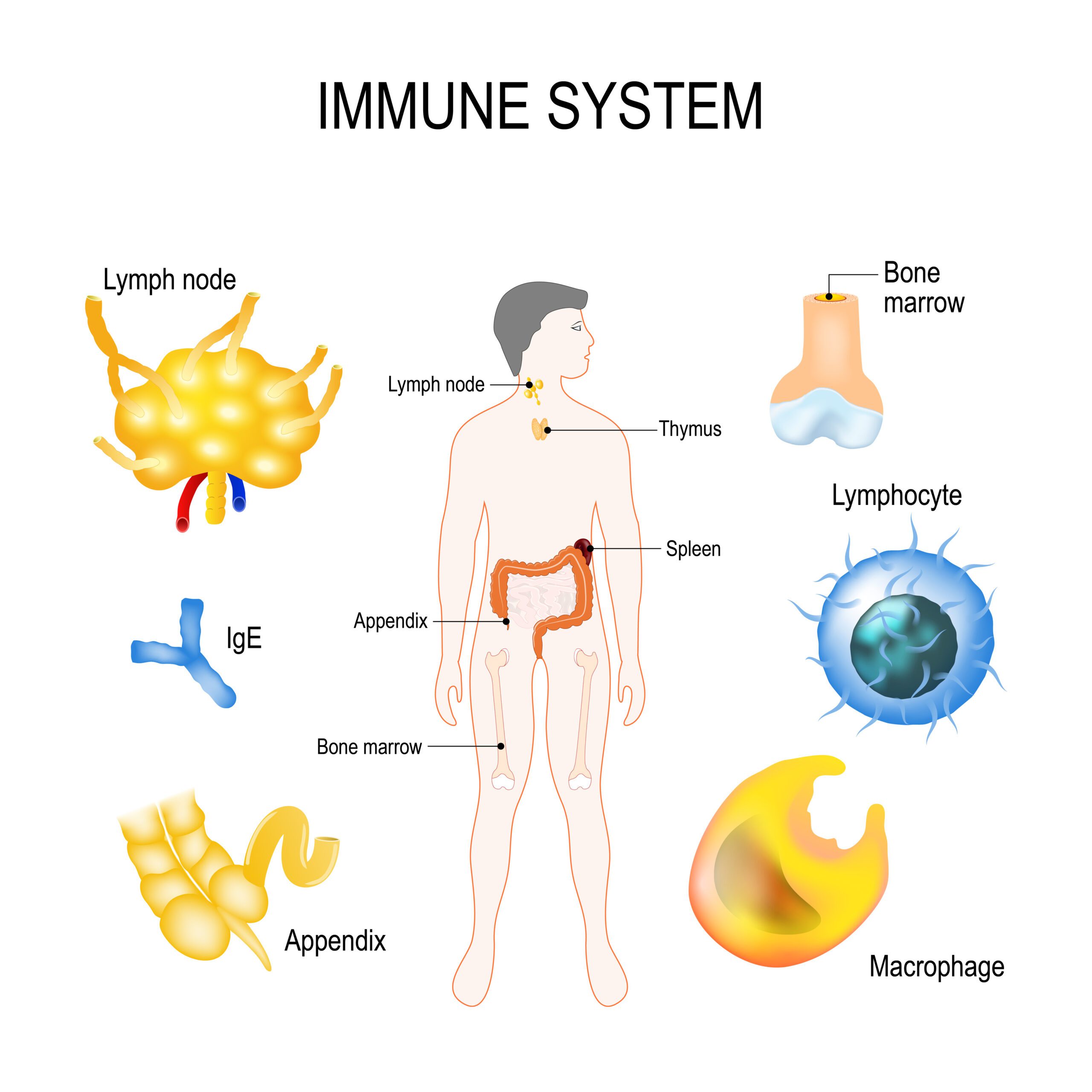
While CB1 receptors take the spotlight in the brain and nervous system, CB2 receptors play a vital role in an equally crucial arena: the immune system.
These receptors are primarily located on immune cells and serve as key regulators in the body’s defense system.
Their primary job is to maintain a balance in the immune response, ensuring that it’s effective without being overzealous, which can lead to autoimmune issues.
CB2 receptors are instrumental in controlling inflammation, a natural response of the immune system.
However, when inflammation becomes chronic, it can lead to a host of diseases. By influencing CB2 receptors, there’s potential to mitigate such inflammatory responses, providing relief in conditions ranging from arthritis to inflammatory bowel disease.
Additionally, their role in the immune system makes them a subject of interest in the study of autoimmune diseases, where the body’s immune system erroneously attacks its own tissues.
The therapeutic potential of targeting CB2 receptors is vast, especially in managing conditions where inflammation is a key concern.
By understanding and manipulating these receptors, we could open up new avenues in treating a range of immune-related disorders, offering hope to those suffering from chronic inflammatory and autoimmune diseases.
Cannabinoids and Receptor Interactions
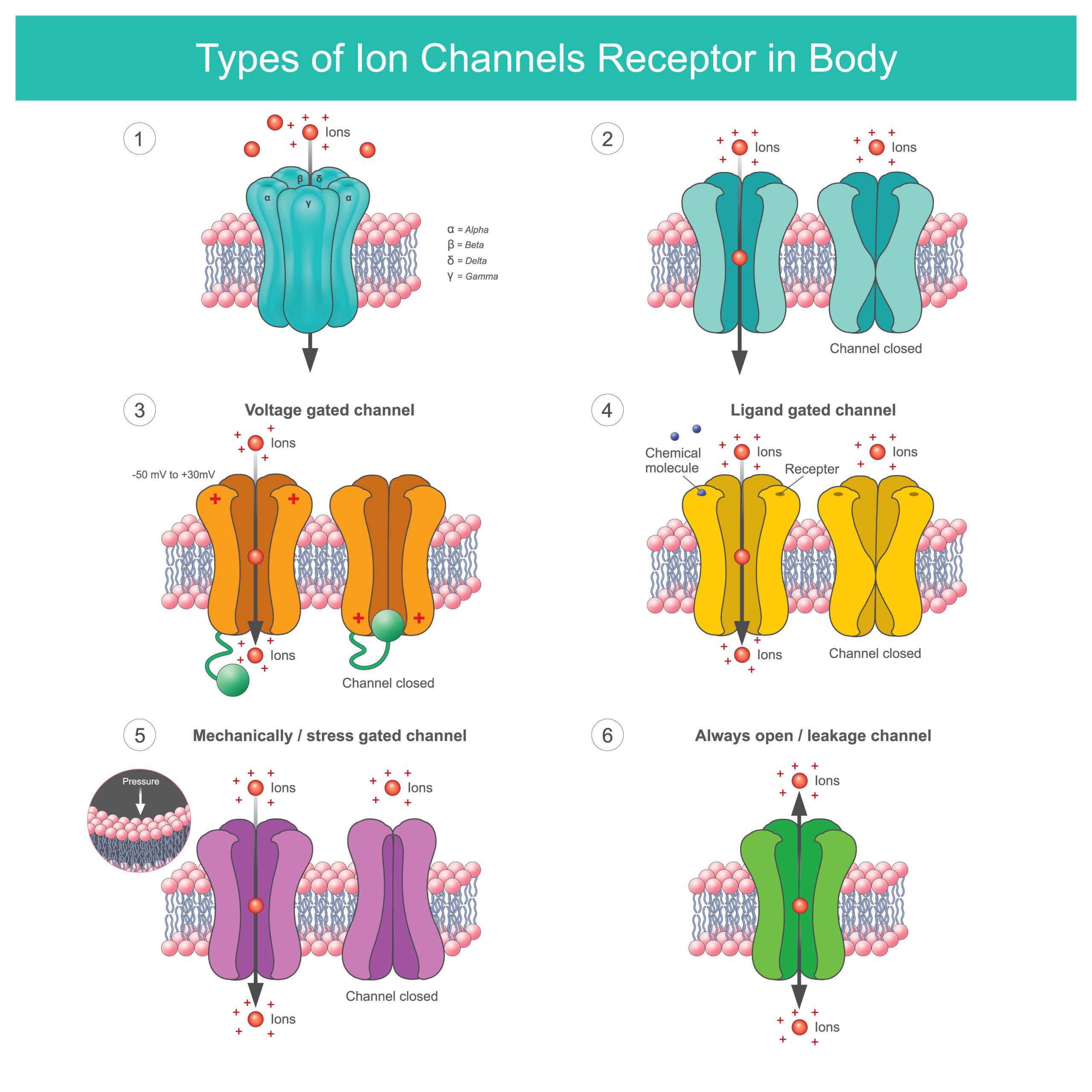
The interaction of cannabinoids like THC (Tetrahydrocannabinol) and CBD (Cannabidiol) with the ECS’s CB1 and CB2 receptors is a complex dance that holds the key to their therapeutic effects.
THC, the component in cannabis known for its psychoactive properties, primarily binds to CB1 receptors in the brain, leading to the ‘high’ associated with cannabis use.
However, its impact goes beyond this recreational aspect.
THC’s engagement with CB1 receptors has been shown to offer relief from pain and to stimulate appetite, valuable in clinical settings, particularly for chronic pain management and in combating nausea and appetite loss in chemotherapy patients.
On the other hand, CBD, which doesn’t cause a ‘high,’ works more indirectly. It doesn’t bind as strongly to CB1 or CB2 receptors.
Instead, it influences the ECS and other receptor systems in the body, enhancing the effects of endocannabinoids and interacting with various non-cannabinoid receptors and ion channels.
This interaction profile gives CBD its noted anti-inflammatory and anxiolytic properties, making it beneficial for a wide range of conditions, from anxiety disorders to inflammatory diseases.
The interactions of THC and CBD with cannabinoid receptors underscore the diverse therapeutic potential of these compounds.
They demonstrate how different cannabinoids can have varying effects based on how they interact with the ECS, paving the way for tailored treatments that can harness the benefits of these compounds effectively and safely.
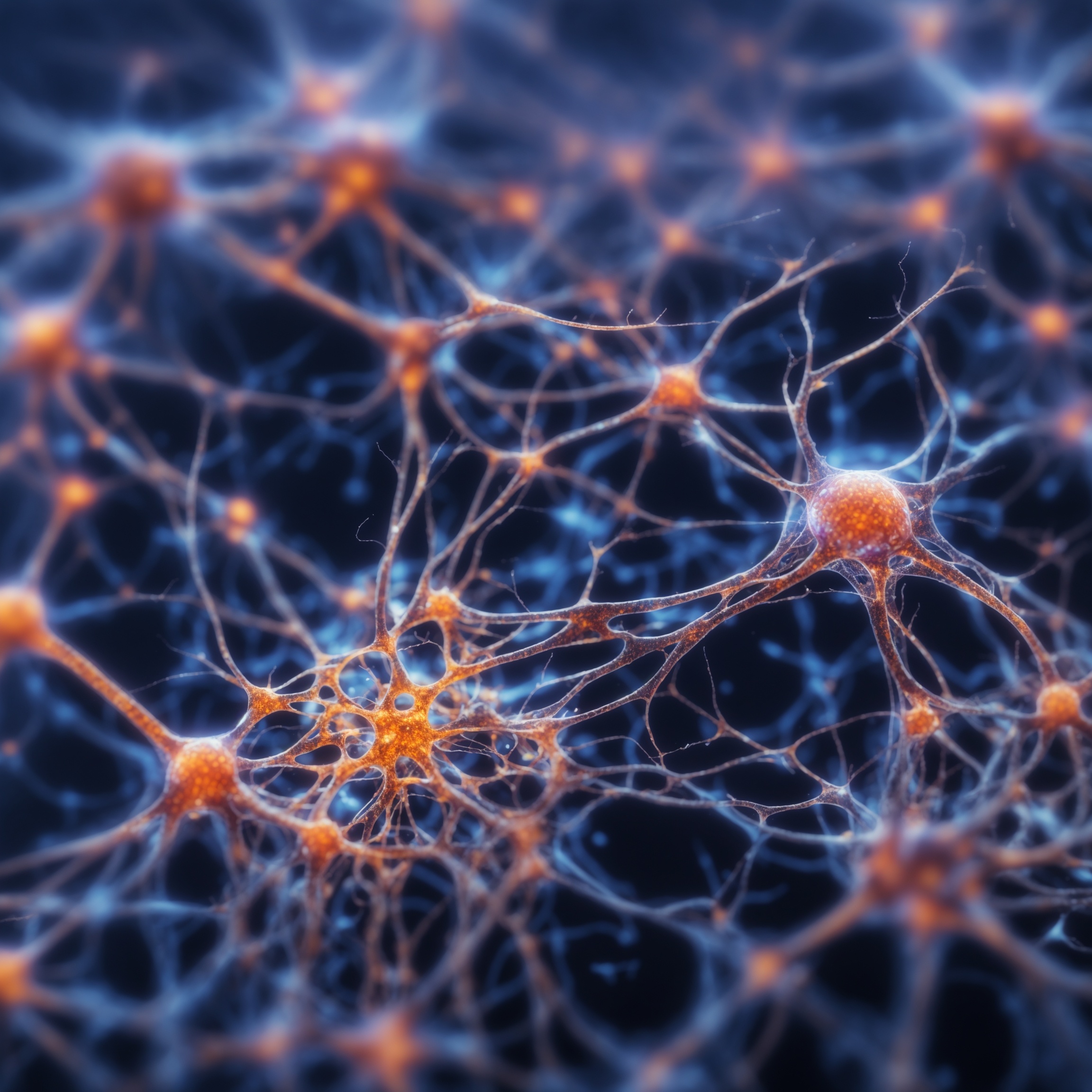
Delving deeper into the endocannabinoid system (ECS), we find that the real magic happens within the signaling pathways of the CB1 and CB2 receptors.
These pathways are the intricate communication networks through which the ECS orchestrates a myriad of physiological processes in our bodies.
When a cannabinoid engages with a CB1 or CB2 receptor, it’s not just a simple lock-and-key interaction; it triggers a cascade of signals inside the cell.
For CB1 receptors, this often involves the G-protein coupled mechanisms that can modulate neurotransmitter release, affecting everything from pain perception to mood regulation.
CB2 receptor signaling, predominantly found in immune cells, plays a crucial role in managing inflammation and immune responses.
These signaling pathways are not just fundamental to how the ECS maintains balance in our bodies; they are also potential goldmines for therapeutic interventions.
By targeting specific pathways, researchers can develop treatments that harness the ECS’s natural mechanisms, offering new ways to combat a range of conditions from neurological disorders to immune-related diseases.
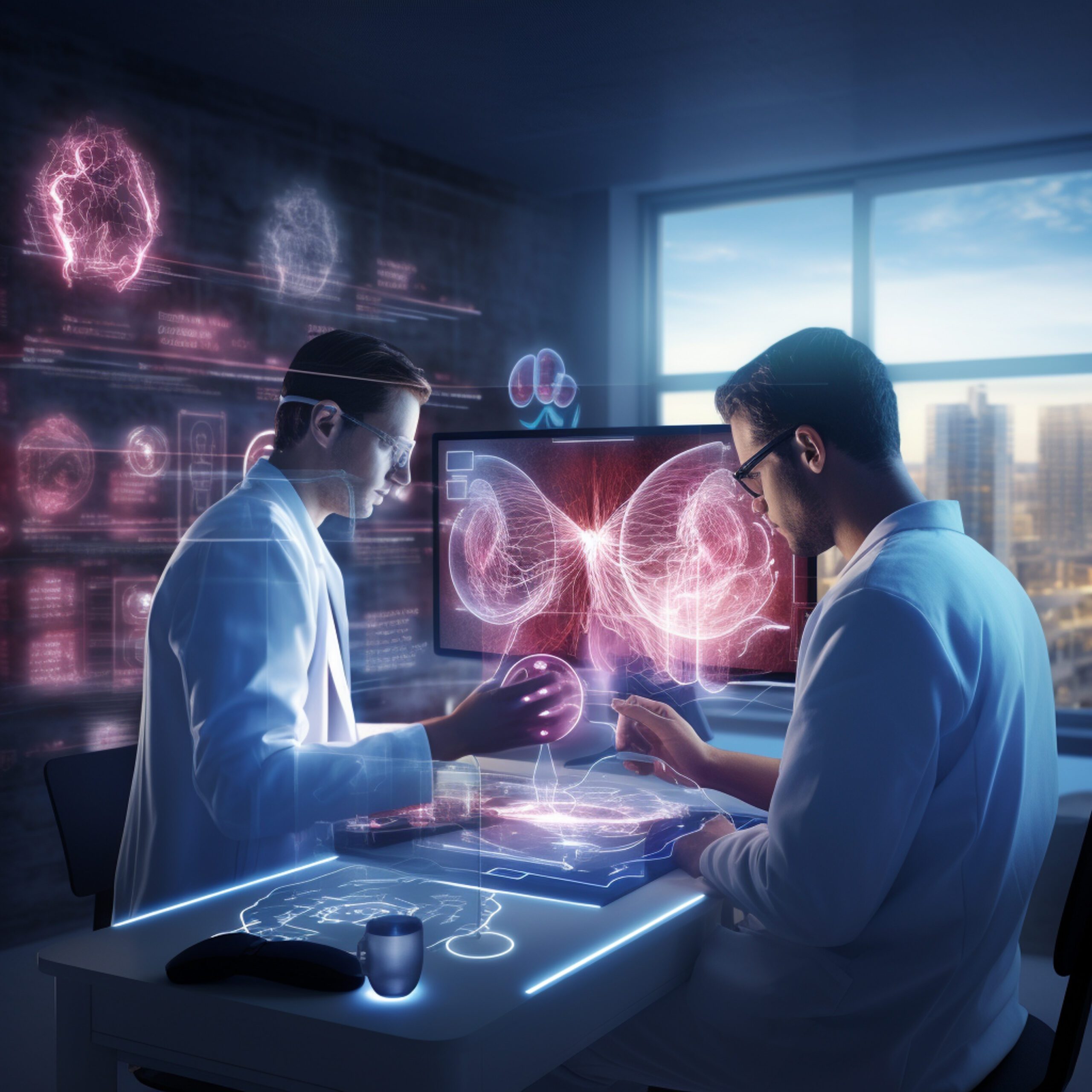
As we conclude our exploration of cannabinoid receptors and their signaling pathways, the significance of the ECS in health and medicine becomes increasingly apparent.
These receptors and the pathways they control are not just cogs in the vast machinery of our bodies; they are critical components that hold the potential to revolutionize how we approach a variety of medical conditions.
The future of ECS-based treatments looks promising.
With continued research and a deeper understanding of how these receptors and their pathways function, the potential for developing targeted therapies is immense.
From pain management and mental health to immune system disorders and beyond, the ECS offers a pathway to not just manage symptoms but to address underlying causes in a more holistic and effective manner.
The journey to fully harness the therapeutic potential of the ECS is ongoing, but each discovery brings us closer to a future where cannabinoid-based treatments could become a cornerstone in the world of medical science.
As we continue to unravel the mysteries of the ECS, its role in advancing healthcare and improving quality of life for countless individuals remains a bright and hopeful prospect.
As we wrap up our journey through the complex and fascinating world of the endocannabinoid system (ECS), the critical role of cannabinoid receptors stands out as a beacon of potential in the vast landscape of medical science.
CB1 and CB2 receptors, the primary components of the ECS, emerge not just as mere participants in bodily functions, but as key influencers in maintaining our health and well-being.
The exploration of these receptors and their signaling pathways has shed light on how intricately they are woven into the fabric of our physiological processes.
From regulating pain and mood in the brain and nervous system to managing immune responses and inflammation, the breadth of their impact is vast and profound.
This understanding paves the way for a new era in medical treatments, where harnessing the power of the ECS could lead to innovative therapies for a myriad of conditions.
The future of cannabinoid research holds immense promise.
As we continue to unravel the complexities of the ECS and its receptors, we edge closer to groundbreaking advances in health treatments.
The potential to develop targeted, effective, and perhaps more natural therapies through cannabinoid research is not just a hopeful prospect but a tangible goal within our reach.
In conclusion, the ECS, particularly its cannabinoid receptors, stands at the forefront of a new frontier in medical research.
The promise it holds for advancing health treatments is a testament to the incredible complexity and adaptability of our bodies.
As science delves deeper into this system, the possibilities for enhancing health and treating diseases seem limitless, marking an exciting and hopeful chapter in the ongoing quest for medical innovation and improved quality of life.

A new study suggests that a widely used sugar substitute found in diet sodas, chewing gum, and low-sugar yogurt may elevate insulin levels. This could increase the long-term risk of heart disease. “Artificial sweeteners have infiltrated nearly all types of food, making it crucial to understand their long-term health effects,” said Yihai Cao, senior author […]

Diet Coke has long been a fan-favorite among soda lovers who want a fizzy, guilt-free alternative to traditional soft drinks. While its zero-calorie, zero-sugar label makes it seem like a healthier option, the reality is far more concerning. Despite its undeniable popularity, Diet Coke’s nutritional profile has raised red flags among health experts for years. […]

New study shows that embracing an anti-inflammatory, plant-forward diet can support cognitive function and help reduce the risk of dementia. What You Eat Shapes Your Brain The food you eat doesn’t just impact your body—it also affects your brain. Research suggests that eating an anti-inflammatory, plant-based diet can help improve memory, focus, and overall brain […]